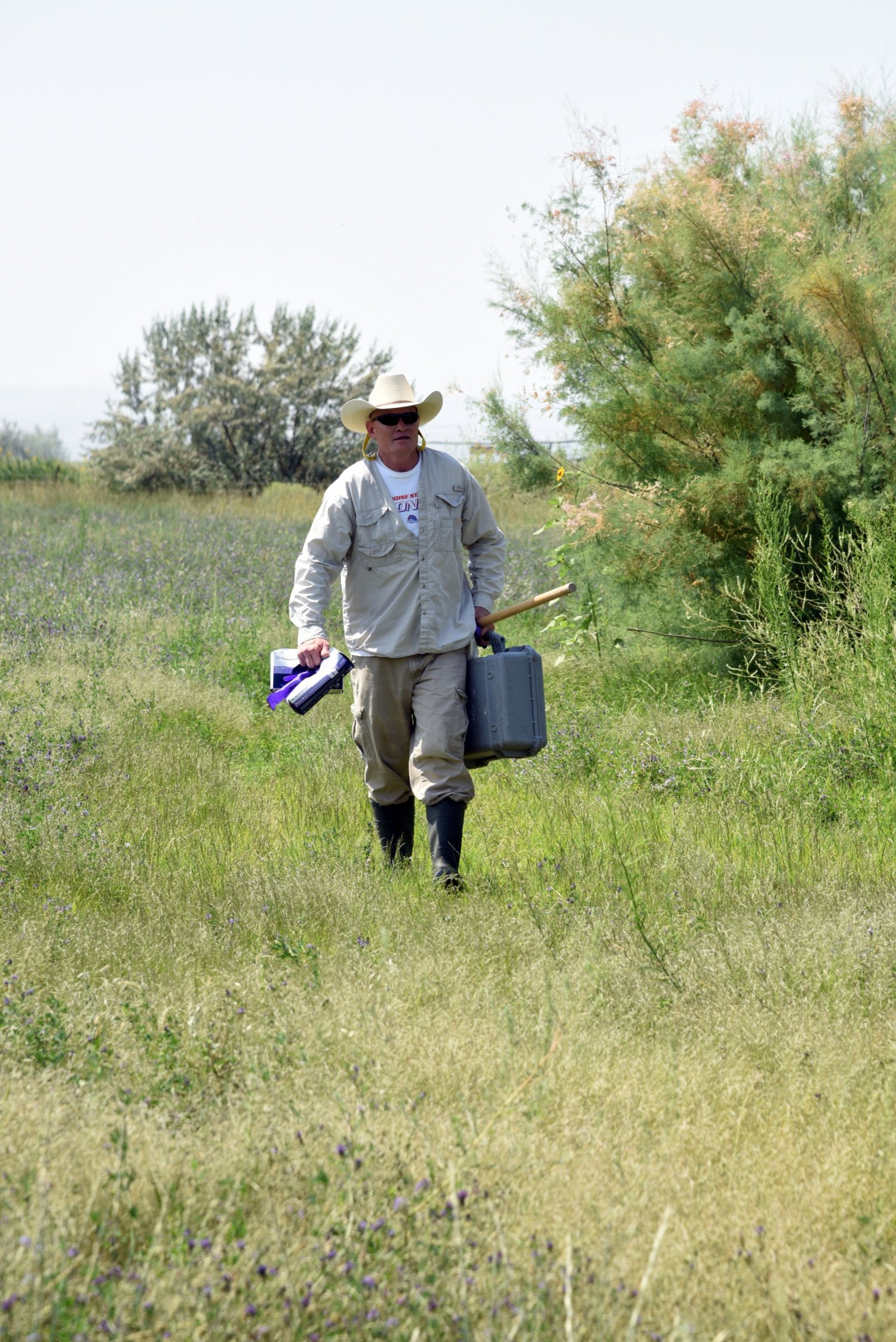By Cory Hatch, Idaho National Laboratory
To keep the U.S. electrical grid running smoothly, power plants must continuously adjust their output to match customer demand. Producing too much or too little power can cause brownouts, equipment damage and more.
During off-peak hours, the need to match consumer demand means that plants with large spinning generators ‘ nuclear, coal and natural gas plants, for instance ‘ must shut down, operate at reduced capacity or sell power at reduced or possibly even negative prices, which results in reduced efficiencies and lost revenue.
Intermittent renewables such as wind and solar make matching generation with customer demand even more difficult. Further, intermittent renewables can contribute to the need for other power plants to go offline during times of reduced electricity use.
Running these plants at full capacity and storing that excess energy is one option to help meet the nation’s energy needs, but there are few good ways to store energy on such a large scale.
Now, researchers at Idaho National Laboratory and the Center for Advanced Energy Studies (CAES) hope to help solve these challenges by pumping excess heat into already-warm, briny reservoirs located deep within the earth.
These thermal batteries could help moderate the electrical grid’s peaks and valleys by storing energy when demand is low and releasing it back onto the grid when demand is high.
Recently, the U.S. Department of Energy’s Geothermal Technologies Office announced funding for two Idaho geothermal energy storage projects to investigate whether a thermal battery would work in the real world.
Using Planet Earth as a Thermal Battery
One research team will develop models of geothermal energy storage systems for thermoelectric power plants, which typically convert heat into electricity by making steam to spin a turbine.
The earth is an inherently good place to store heat, said principal investigator Travis McLing, a research scientist specializing in geochemistry and geology at INL and CAES, a research consortium that includes INL, Boise State University, Idaho State University, University of Idaho and University of Wyoming. Rocks do not conduct heat very well. In this application, think of the earth as a perfect YETI cooler, but 10 km long by 10 km wide by 50 meters thick.
Exactly how to design a power plant that can switch easily from producing electricity to making hot water for geothermal storage is one important question that McLing and his colleagues will try to answer.
One way might be to divert the excess steam before it reaches the turbine, injecting it down to reservoirs that may lay 10,000 feet below the earth’s surface.
McLing and his colleagues ‘ including researchers from the University of Idaho, Lawrence Berkeley National Laboratory, the University of Wyoming and Rocky Mountain Power ‘ hope their models will help answer a host of important questions about a thermal battery’s feasibility, including:
1) Is it possible to inject hot water into the ground fast enough to maintain the heat?
2) Can the subsurface rock formations handle the volume of injected water without fracturing?
3) And, what impact would injecting hot water have on the formation over time? For instance, would the stored heat cause any changes to the reservoir’s geochemistry?
Perhaps the biggest question is cost. With few technical hurdles to overcome, building a functional geothermal storage system in the real world is not far off. But will that system function efficiently enough to justify the expense involved with retrofitting a power plant?
You’ve got to be able to inject a large volume of hot water, McLing said. Can we put water in fast enough and take it out fast enough to make it economical?
Depending on a reservoir’s size, it might take months or even years to bring a given reservoir up to a temperature that is useful for recovering energy.
Still, over the long term, the geothermal storage could provide a low-cost energy storage solution using technologies that, for the most part, already exist.
Once we get the system up to operational temperature, it’ll operate for essentially the lifetime of the power plant, McLing said. It would help us take geothermal energy from a western boutique power source to a nationwide power source.
Flexible Geothermal Power Generation Using Geologic Thermal Energy Storage
The second project investigates the feasibility of storing concentrated solar heat in a subsurface geologic thermal energy storage system. That solar heat could then be recovered to enhance the load-following characteristics of a geothermal power plant.
There are many similarities between converting solar heat and geothermal heat into electricity, said principal investigator Daniel Wendt, a research scientist at INL. Our focus is synergistically integrating those two heat sources in a way that will help to address mismatches in electrical supply and demand.
Where temperatures derived from a relatively hot geothermal reservoir range up to about 200 degrees C, concentrated solar temperatures can reach temperatures of 400 degrees C or greater.
The high-temperature solar heat could introduce a number of technical challenges and unanswered questions about the best way to store the solar heat in the subsurface, Wendt said.
Further, depending on the characteristics of the subsurface system used to store the heat, there could be fluid circulation that results in the loss of heat. We don’t want to capture all this heat and store it in the subsurface just to have it dissipate, Wendt said.
Over the coming months, Wendt and his partners at the National Renewable Energy Laboratory, Enhanced Production, Inc. and Kitzworks, LLC will develop models of geologic thermal energy storage systems and the associated geothermal power plants to investigate various scenarios for storing heat in and recovering heat from the subsurface.
We want to know, ‘What is the optimal geologic thermal energy storage system configuration for minimizing heat losses and maximizing operability?’ Wendt said. What is the power plant design that we would deploy to efficiently convert that stored heat to electrical power?
One of the potential advantages of the hybrid power plant designs that Wendt and his colleagues will investigate is that these plants present more opportunities to modulate inputs and outputs to help match consumer demand, known as load following.
Geothermal power plants have not traditionally been able to play much of a role in that balancing act, Wendt said. One of our main goals is to investigate ways we could allow geothermal to play more of a role in the load following mode so they can participate in these ancillary markets for grid stabilization.
As with McLing’s project, a key part of Wendt’s efforts will involve analyzing the economic feasibility of a geologic thermal energy storage system coupled with a hybrid concentrated solar/geothermal plant. The challenge in a lot of these projects ultimately comes down to the economics, he said.
Their projects were among eight proposals from five national laboratories that will receive up to $2.4 million via the Beyond Batteries Lab Call: Geothermal Energy Applications for Storage Alternatives. These projects will explore how geothermal energy can support the objectives of the DOE Grid Modernization Initiative (GMI) to create the modern grid of the future.






